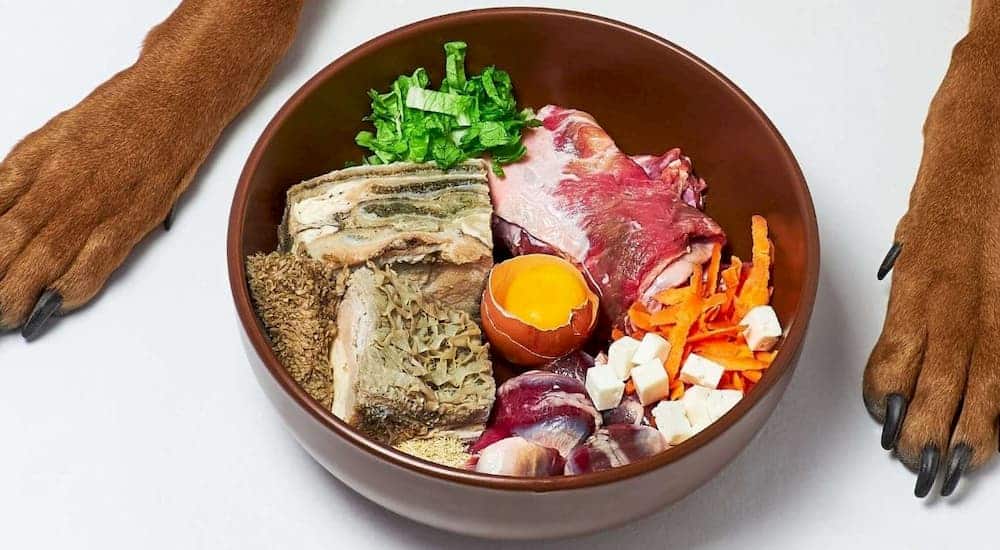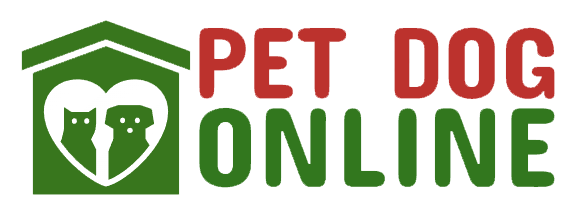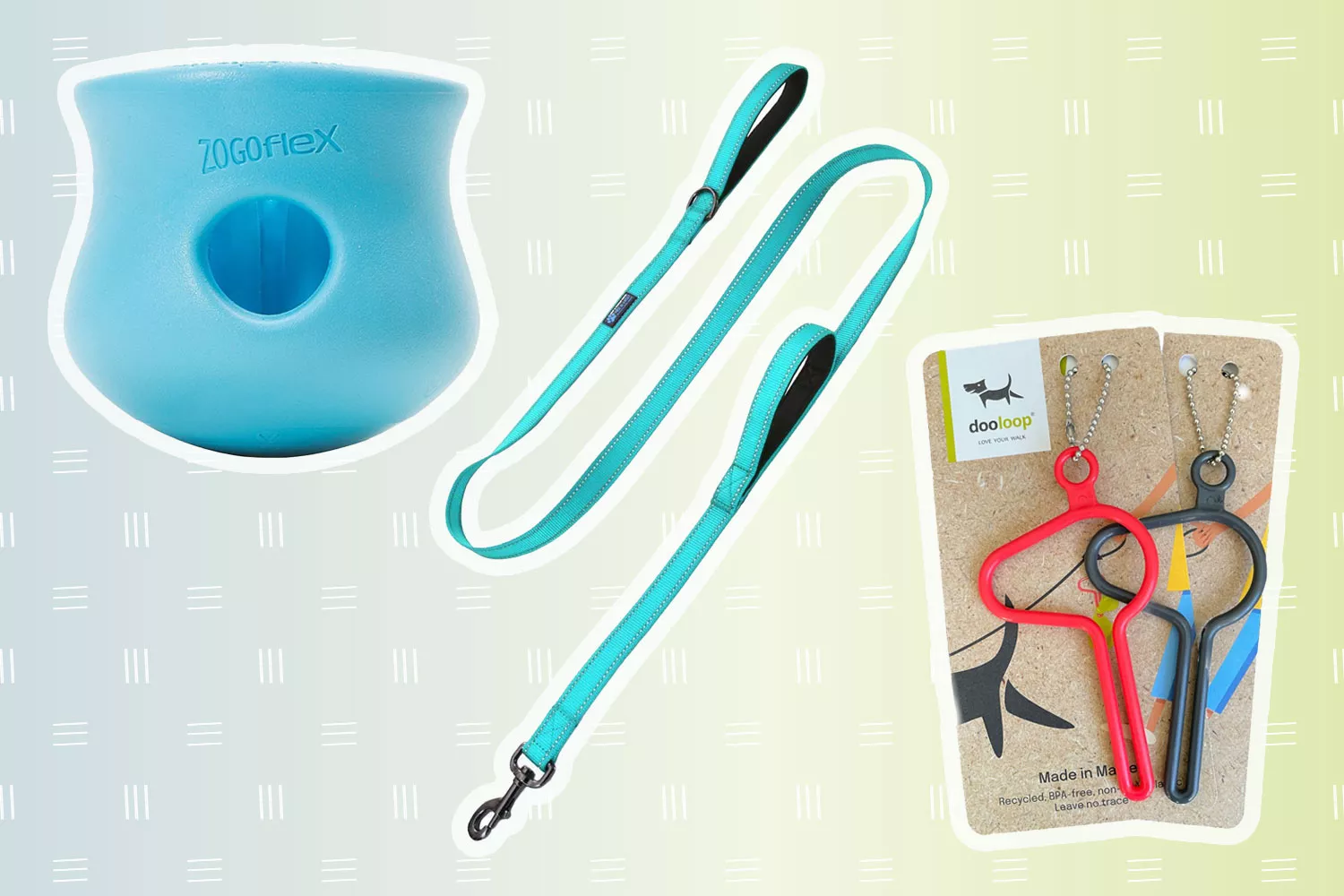
The Ultimate Guide to Feeding Raw Dog Food: Achieving Optimal Canine Nutrition for a Healthy and Happy Pup
Feeding your furry friend a raw dog food diet is becoming increasingly popular among pet owners who are seeking optimal canine nutrition. As more people discover the benefits of this natural and species-appropriate diet, it is essential to understand how to provide a balanced and safe raw food diet for your beloved pooch. In this article, we will explore the benefits of raw dog food, provide essential tips for feeding it safely, and guide you through creating a balanced raw dog food diet. Whether you are considering switching your dog’s diet or are already a raw food enthusiast, this comprehensive guide will help you navigate the world of raw dog food and ensure your pet receives the nourishment they need to thrive. So, let’s dive into the exciting world of raw dog food and discover the key to optimal canine nutrition.
1. Understanding the Benefits of Raw Dog Food: A Guide to Optimal Canine Nutrition
Raw dog food, also known as a raw diet or a BARF diet (Biologically Appropriate Raw Food), refers to feeding dogs with uncooked, unprocessed, and natural ingredients. This type of diet aims to mimic what dogs would eat in the wild, consisting of raw meat, bones, organ meats, fruits, and vegetables.
There are several key benefits associated with feeding your dog a raw food diet. Firstly, raw dog food is believed to provide a more natural and balanced nutrition for canines. Dogs are biologically designed to digest raw meat and have evolved to thrive on such a diet. By feeding them raw dog food, you are providing them with the nutrients they need in a form that their bodies can easily utilize.
Another benefit of raw dog food is improved digestion. Raw diets tend to be easier for dogs to digest compared to processed commercial dog food, which often contains fillers, additives, and artificial ingredients. This can lead to a healthier digestive system, reduced risk of allergies, and firmer stools.
Feeding your dog raw dog food can also contribute to their dental health. Chewing on raw bones helps to clean their teeth and remove plaque, reducing the risk of dental diseases such as gum infections and tooth decay. Additionally, the natural enzymes present in raw food can promote healthier gums and fresher breath.
Raw dog food has also been associated with improved skin and coat health. The high-quality proteins, fatty acids, and essential nutrients found in raw meat can help to nourish the skin, reduce itching, and promote a glossy coat. Many dog owners report that their dogs’ skin issues, such as dryness and allergies, have improved after switching to a raw food diet.
Furthermore, a raw dog food diet can support a healthy weight and muscle development in dogs. The balanced ratio of proteins, fats, and carbohydrates in raw food helps dogs maintain a healthy body condition and can prevent obesity or excessive weight gain. This, in turn, reduces the risk of obesity-related health issues, such as joint problems and heart diseases.
It is important to note that while raw dog food offers numerous benefits, it is essential to consult with a veterinarian or a canine nutritionist before making any dietary changes for your dog. They can provide guidance on the appropriate portions, types of ingredients, and potential supplements required to ensure your dog receives a nutritionally balanced diet.
In conclusion, feeding your dog a raw food diet can provide a range of benefits, including improved digestion, dental health, skin and coat health, and weight management. By embracing the natural and biologically appropriate diet that raw dog food offers, you are taking a step towards providing optimal nutrition for your canine companion.
2. Getting Started: Essential Tips for Feeding Raw Dog Food Safely and Effectively
Feeding raw dog food has gained popularity among pet owners due to its numerous health benefits. However, it is crucial to follow some essential tips to ensure the safety and effectiveness of this feeding method.
- Consult with a Veterinarian: Before transitioning your dog to a raw food diet, it is advisable to consult with a veterinarian. They can assess your dog’s specific dietary needs, provide guidance on portion sizes, and recommend any necessary supplements.
- Research and Understand the Basics: Educate yourself about the basics of raw dog food feeding. Understand the different components of a balanced raw diet, including muscle meat, organ meat, ground bones, and fruits and vegetables. Ensure that you are aware of the appropriate ratios and proportions for your dog’s breed, age, and size.
- Select High-Quality Ingredients: Choose high-quality ingredients for your dog’s raw food. Opt for human-grade, organic, and hormone-free meats, as well as fresh and locally sourced fruits and vegetables. Avoid using processed or low-quality meats, as they may contain additives or preservatives that could be harmful to your dog’s health.
- Practice Proper Food Handling: Raw food carries a higher risk of bacterial contamination, so it is essential to practice proper food handling techniques. Thaw frozen raw food in the refrigerator or using a cold-water bath, and ensure that surfaces, utensils, and bowls are thoroughly cleaned after each use. Always wash your hands before and after handling raw dog food to prevent the spread of bacteria.
- Gradual Transition: When introducing raw dog food, it is best to transition gradually to avoid digestive upset. Start by mixing a small amount of raw food with your dog’s current diet, gradually increasing the proportion of raw food over several days or weeks. Monitor your dog’s response to the new diet and make adjustments as needed.
- Monitor and Adjust: Regularly monitor your dog’s weight, overall health, and stool quality when feeding raw dog food. Adjust the portion sizes and ratios if necessary to ensure that your dog maintains a healthy body condition. Additionally, keep an eye out for any signs of food intolerance or allergies and consult with your veterinarian if any issues arise.
- Variety and Balance: Aim to provide a variety of proteins, such as beef, chicken, turkey, and fish, to ensure a balanced diet. Including a variety of fruits and vegetables can also provide essential vitamins and minerals. Rotating proteins and ingredients helps prevent nutrient deficiencies and keeps mealtime exciting for your dog.
Feeding raw dog food can be a rewarding and beneficial choice for your furry companion. By following these essential tips, you can ensure that your dog receives a safe and effective raw food diet that promotes optimal health and wellbeing. Remember to consult with your veterinarian for personalized guidance and to address any concerns or questions you may have along the way.
3. Creating a Balanced Raw Dog Food Diet: Nutritional Guidelines and Meal Prep Tips
Feeding your dog a raw food diet is becoming increasingly popular among pet owners who prioritize their furry friends’ overall health and well-being. Raw dog food, which typically consists of raw meat, bones, fruits, and vegetables, aims to mimic the natural diet of dogs’ ancestors. However, it is crucial to ensure that your dog receives a nutritionally balanced diet to meet their specific dietary needs. Here are some essential guidelines and meal prep tips to help you create a balanced raw dog food diet.
- Variety is Key: Just like humans, dogs require a diverse range of nutrients for optimal health. To achieve this, it is important to offer a variety of proteins, such as beef, chicken, turkey, and fish, in your dog’s raw food diet. Each protein source provides different essential amino acids and nutrients. Including organ meats, like liver and heart, is also crucial as they are packed with vitamins and minerals. Additionally, rotating fruits and vegetables can ensure a wider array of essential vitamins and antioxidants.
- Proper Calcium and Phosphorus Ratio: Calcium and phosphorus are vital minerals for your dog’s bone and dental health. When feeding raw dog food, it is essential to maintain an appropriate ratio of these minerals. While meaty bones are an excellent source of natural calcium, it is important to ensure that the ratio of calcium to phosphorus is around 1:1 to prevent any imbalances. Consult with a veterinarian or canine nutritionist to determine the correct amount of each mineral for your dog’s specific needs.
- Supplementation: While a well-planned raw dog food diet can provide most of the necessary nutrients, certain supplements may be beneficial. Omega-3 fatty acids, commonly found in fish oil or flaxseed oil, can support your dog’s skin, coat, and joint health. Probiotics can also be added to promote a healthy gut and aid digestion. Always consult with your veterinarian before introducing any supplements to ensure they are appropriate for your dog.
- Safe Food Handling and Preparation: Raw dog food comes with the responsibility of proper food handling and preparation to avoid any foodborne illnesses. Always practice good hygiene, such as washing your hands and utensils thoroughly after handling raw meat. It is also essential to buy high-quality, human-grade ingredients and store them correctly. Properly thawing frozen raw food in the refrigerator and avoiding cross-contamination are crucial steps to maintain food safety.
- Meal Prep Tips: Preparing raw dog food in batches can help save time and ensure your dog receives a well-balanced diet consistently. Purchase high-quality ingredients in bulk to reduce costs and plan your dog’s meals in advance. Consider using freezer-safe containers or silicone molds to portion out meals. This will allow for easy thawing and convenient portion control.
By following these nutritional guidelines and meal prep tips, you can create a balanced raw dog food diet that provides your furry companion with the necessary nutrients for optimal health. Remember to consult with a veterinarian or canine nutritionist to tailor the diet to your dog’s specific needs and monitor their overall health regularly. With proper planning and care, your dog can thrive on a raw food diet.




